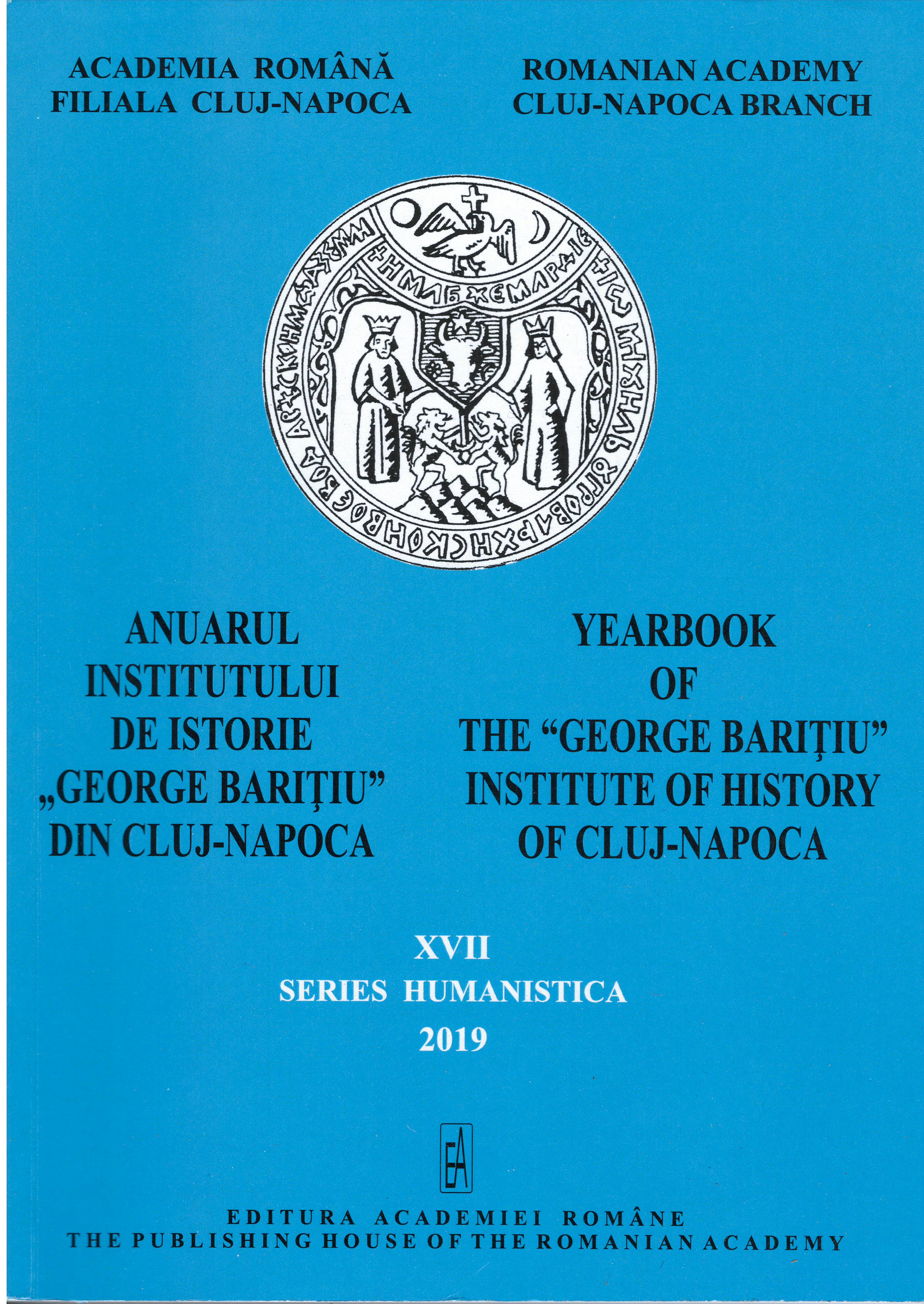Sublimul. De la teorie estetică la experiență individuală
The sublime. From aesthetic theory to individual experience
Author(s): Radu NebertSubject(s): Philosophy, Aesthetics
Published by: Editura Academiei Române
Keywords: sublime; beauty; faith; melancholy; enlightenment; absolute unity; genius; soul; limit; infinite;
Summary/Abstract: The meaning of the „sublime” has constantly changed, since the ancient treaty Peri Hypsos, a first stylistic theory written by the anonymous Greek author known as Longinus. From the „elevated” style of poetry, the term suffered a semantic transgression that includes also the emotions of the soul. Aristotle's theories of motion were reassumed by the theology of the middle ages in works like Emunah Ramah or Exalted Faith, by Ibn Daud and the Summa Theologiae of Thomas Aquinas, which adds the „beauty” to our aesthetic categories. The ambivalent feelings and affects of melancholy are strongly bounded to the sublime, as initiation and enlightenment stages of the soul through the spirit. After Nicolas Boileau's interpretation of the Longinian text, rediscovered in the 17th century, many authors like Edmund Burke, Carl Heineken, Moses Mendelssohn and Carl Grosse published their theories about the sublime, from a psychological approach or by introducing the essential role of the genius, leading us to conclude that the sublime is an individual, deeply personal experience, infinitely elevating and expanding the soul.
Journal: Anuarul Institutului de Istorie »George Baritiu« din Cluj-Napoca - Seria HUMANISTICA
- Issue Year: XVII/2019
- Issue No: XVII
- Page Range: 193-210
- Page Count: 17
- Language: Romanian

